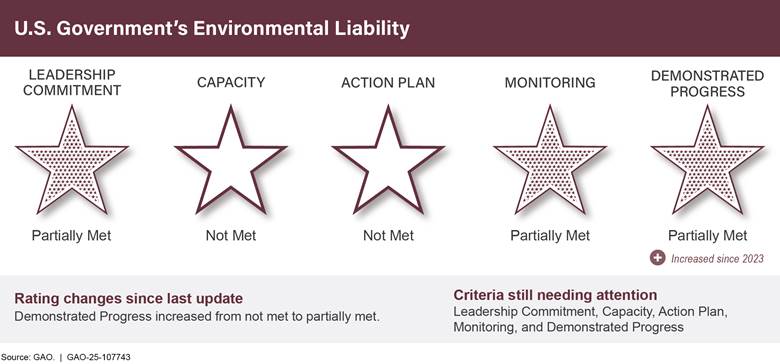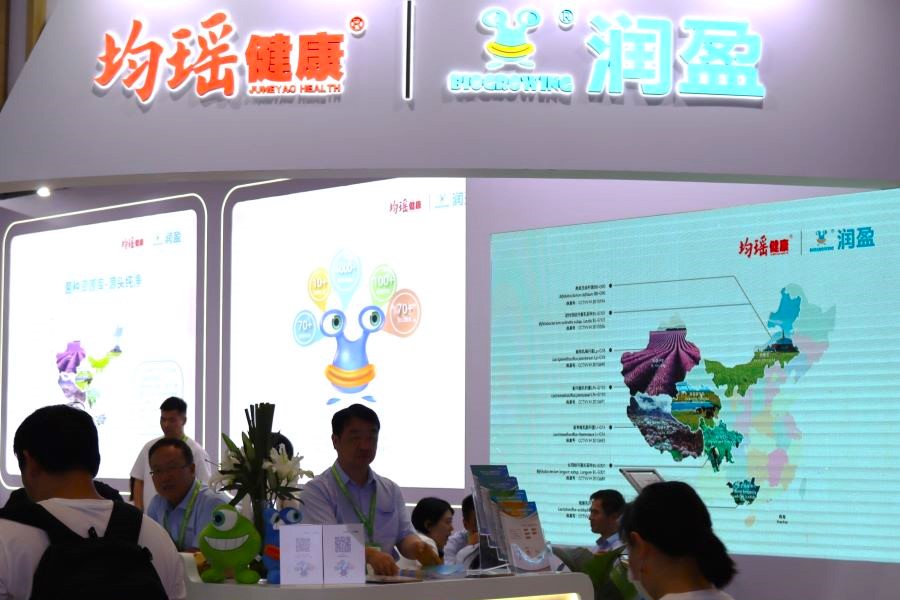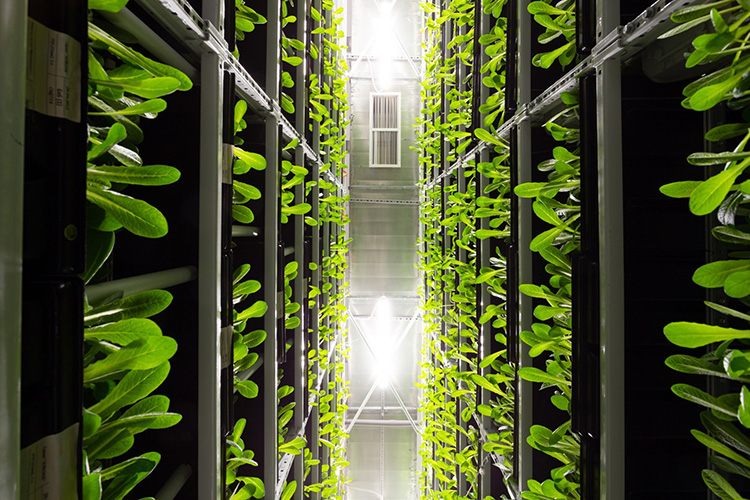Report on Plant-Based Strategies for Sustainable Soil Management
Aligning Horticultural Practices with the Sustainable Development Goals
The integration of specific plant species into agricultural and garden ecosystems offers a sustainable pathway to enhance soil health, reduce chemical dependency, and support global sustainability targets. This report details twelve plants that naturally improve soil fertility and structure, directly contributing to the achievement of the United Nations Sustainable Development Goals (SDGs), including SDG 2 (Zero Hunger), SDG 12 (Responsible Consumption and Production), and SDG 15 (Life on Land).
Analysis of Soil-Enhancing Flora
The following plants provide critical ecosystem services that build soil resilience and productivity, advancing key sustainability objectives.
-
Beans and Peas
- Primary Function: Nitrogen fixation. As legumes, they host rhizobia bacteria in their root nodules, converting atmospheric nitrogen into a plant-usable form.
- SDG Contribution: Directly supports SDG 2 by enriching soil for food production and SDG 15 by reducing the need for synthetic fertilizers that can degrade terrestrial ecosystems.
-
Lupines
- Primary Function: Nitrogen fixation and soil conditioning. Their root systems improve soil texture while adding essential nitrogen.
- SDG Contribution: Contributes to SDG 15 by restoring degraded soils and supporting local pollinators, which enhances biodiversity.
-
Clover
- Primary Function: Nitrogen fixation and ground cover. As a living mulch, clover protects soil from erosion while boosting fertility.
- SDG Contribution: Advances SDG 13 (Climate Action) by maintaining soil cover, which helps sequester carbon, and SDG 15 by preventing soil loss.
-
Daikon Radishes
- Primary Function: Soil aeration and nutrient mining. Their long taproots break up compacted soil, a practice known as “bio-drilling,” which improves water infiltration and brings deep-level nutrients to the surface.
- SDG Contribution: Addresses SDG 15 by combating soil compaction, a major form of land degradation, thereby restoring ecosystem function.
-
Comfrey
- Primary Function: Soil aeration and nutrient accumulation. Its deep roots break up heavy clay soil, while its leaves accumulate high concentrations of nutrients, serving as a natural fertilizer or “green manure.”
- SDG Contribution: Promotes SDG 12 by creating a closed-loop system where nutrients are recycled on-site, reducing waste and the need for external, manufactured inputs.
-
Borage
- Primary Function: Soil conditioning and mineral replenishment. Its roots break up hardpan soil, and the plant is a dynamic accumulator of trace minerals that enrich the topsoil upon decomposition.
- SDG Contribution: Supports SDG 2 by improving the micronutrient profile of soil, which can enhance the nutritional value and resilience of food crops.
-
Hairy Vetch
- Primary Function: Cover cropping and nitrogen fixation. It protects bare soil from erosion, suppresses weeds, and adds significant amounts of nitrogen for subsequent crops.
- SDG Contribution: A key tool for SDG 15, it prevents land degradation during fallow periods and builds long-term soil health and organic matter.
-
Little Bluestem
- Primary Function: Erosion control. As a native perennial grass, its dense, fibrous root system is exceptionally effective at stabilizing soil against wind and water forces.
- SDG Contribution: Crucial for SDG 15 by preventing topsoil loss, which is fundamental to halting desertification and preserving the integrity of terrestrial ecosystems.
-
Marigolds
- Primary Function: Natural pest control. They release biochemicals that are toxic to root-knot nematodes, a destructive soil pest.
- SDG Contribution: Aligns with SDG 12 by providing a non-chemical method of pest management, promoting responsible production systems that protect environmental and human health.
-
Milk Thistle
- Primary Function: Deep soil aeration and nutrient cycling. Its substantial taproot penetrates compacted layers, improving soil structure and water drainage.
- SDG Contribution: Contributes to the goals of SDG 15 by restoring the physical health and productivity of degraded soils.
-
Mustard
- Primary Function: Biofumigation and green manure. When incorporated into the soil, it releases glucosinolate compounds that suppress soil-borne diseases and pests.
- SDG Contribution: Supports SDG 2 and SDG 12 by enabling disease management without synthetic chemicals, ensuring safer and more sustainable food production cycles.
-
Other Cover Crops (e.g., Alfalfa, Buckwheat)
- Primary Function: Comprehensive soil improvement. This category of plants is used to protect bare soil, add organic matter, improve nutrient content, and enhance soil structure.
- SDG Contribution: Collectively, cover crops are a cornerstone of regenerative agriculture, advancing SDG 2, SDG 13, and SDG 15 by building soil carbon, fertility, and resilience against climate shocks.
SDGs Addressed in the Article
-
SDG 2: Zero Hunger
The article promotes sustainable agricultural practices at a micro-level (gardening) that enhance soil fertility and health. By advocating for methods that improve soil quality naturally, such as using nitrogen-fixing plants and crop rotation, it directly contributes to creating more resilient and productive food systems, which is a cornerstone of achieving food security.
-
SDG 12: Responsible Consumption and Production
The core message of the article is to reduce reliance on external inputs, specifically “chemical fertilizers.” This aligns with the goal of promoting sustainable practices and reducing the chemical load on the environment, contributing to the environmentally sound management of resources.
-
SDG 15: Life on Land
The article extensively covers topics central to this SDG, including improving soil health, controlling soil erosion, and supporting biodiversity. It details how specific plants can combat soil degradation, restore soil structure, and provide habitats or benefits for local wildlife like pollinators and beneficial microbes, thereby helping to halt biodiversity loss and restore terrestrial ecosystems.
Identified SDG Targets
-
Target 2.4: Ensure sustainable food production systems and implement resilient agricultural practices.
- The article directly supports this target by providing a guide to “sustainable gardening.” It highlights practices like using cover crops (clover, hairy vetch), crop rotation (“Including beans and peas in your crop rotation”), and natural fertilizers (“Comfrey’s… nutrient-rich leaves that gardeners often use as natural fertilizer”) to “progressively improve land and soil quality.”
-
Target 12.4: Achieve the environmentally sound management of chemicals.
- The article explicitly states that its recommended practices “reduce the need for chemical fertilizers.” By promoting natural alternatives like nitrogen-fixing legumes (beans, peas, lupines) and biofumigants (mustard), it advocates for minimizing the release of chemicals into the soil and environment.
-
Target 15.3: Combat desertification, restore degraded land and soil.
- The article addresses soil degradation by offering solutions to “compacted earth.” Plants like Daikon radishes, comfrey, and milk thistle are mentioned for their ability to break up dense soil with their deep taproots, improving aeration and structure. Furthermore, it discusses controlling erosion with native grasses like “little bluestem,” whose “dense, fibrous roots hold soil in place,” directly contributing to restoring degraded land.
-
Target 15.5: Halt biodiversity loss.
- The article connects gardening practices to biodiversity by mentioning plants that support local ecosystems. For example, it notes that “Native wild lupines… are especially beneficial for local pollinators,” and that comfrey and milk thistle also “attract pollinators.” It also discusses managing harmful species like “root-knot nematodes” using marigolds, which helps protect plant biodiversity in the garden.
Implied Indicators for Measuring Progress
-
Reduced use of chemical fertilizers
The article’s primary goal is to offer natural alternatives to chemical fertilizers. A direct measure of progress would be the reduction in the volume or frequency of chemical fertilizer application in gardens that adopt these practices.
-
Improved soil nutrient content
The article implies that soil quality can be measured by its nutrient levels. The use of nitrogen-fixing plants like “beans, peas, and other legumes” suggests that an increase in available soil nitrogen could be a key indicator of success.
-
Improved soil structure and aeration
The text describes how plants like “Daikon radishes” and “Comfrey” break up “compacted soils.” An indicator of progress would be improved soil tilth, water infiltration, and reduced compaction, which can be physically observed or measured.
-
Reduction in soil erosion
The use of “cover crops” and native grasses like “little bluestem” is explicitly for “controlling erosion.” An implied indicator is the stabilization of soil and a visible reduction in soil loss from wind or rain in planted areas.
-
Increase in pollinator activity
By mentioning that plants like lupines and comfrey “attract pollinators,” the article suggests that an increase in the presence and diversity of bees and other pollinators in the garden is a positive outcome and an indicator of a healthier ecosystem.
Summary Table: SDGs, Targets, and Indicators
| SDGs | Targets | Indicators (Implied from Article) |
|---|---|---|
| SDG 2: Zero Hunger | 2.4: Ensure sustainable food production systems and implement resilient agricultural practices that… progressively improve land and soil quality. |
|
| SDG 12: Responsible Consumption and Production | 12.4: Achieve the environmentally sound management of chemicals… and significantly reduce their release to… soil. |
|
| SDG 15: Life on Land | 15.3: Combat desertification, restore degraded land and soil. |
|
| 15.5: Halt biodiversity loss. |
|
Source: timesofindia.indiatimes.com







